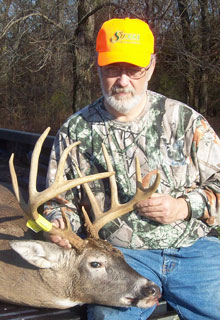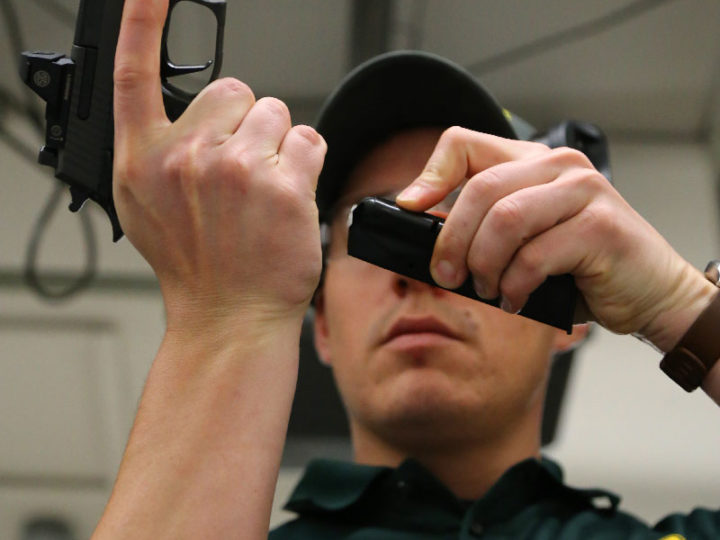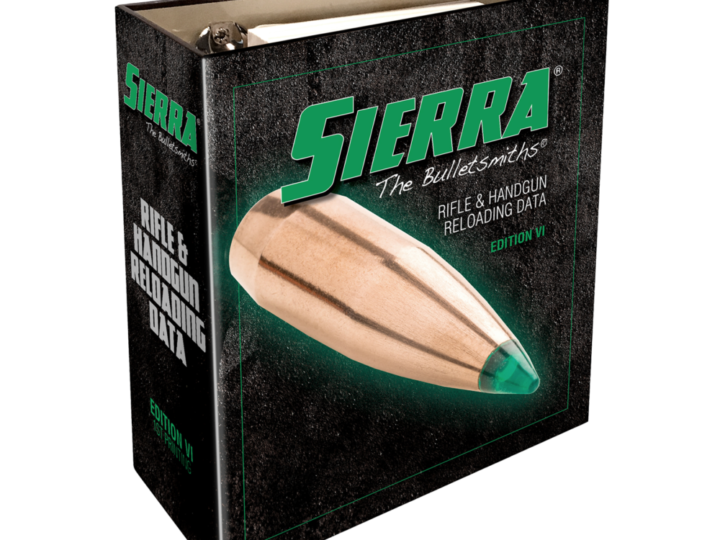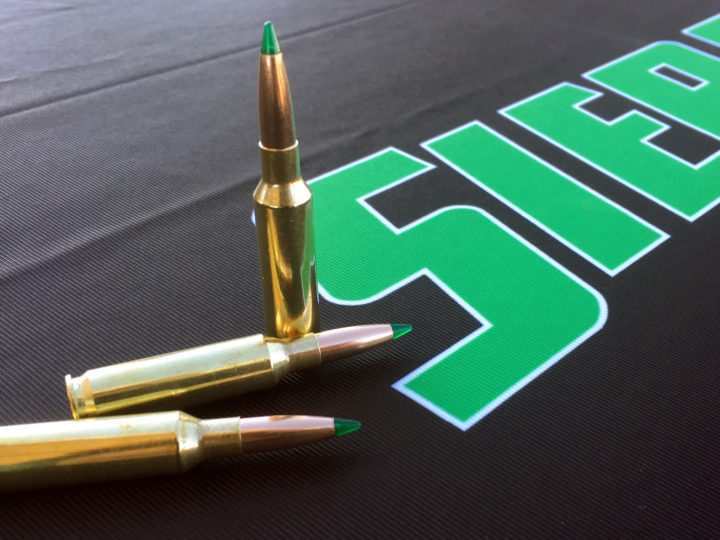Should I Outside Neck Turn My Brass?
By Paul Box
This is a question we get just about every week. Should I neck turn my brass? Well, the answer can be yes….and no. Let’s look a little deeper into it.
Naturally, if we had our favorite gunsmith chamber a rifle with a “fitted” neck we’ll have to neck turn in order for it to fit our chamber. But what about a standard SAAMI spec chamber? This all depends on the quality of your brass. Namely your case neck thickness variation. What I do is take a ball Mic and check the case neck thickness at “8:00 o’clock, 12:00 and 4:00 o’clock points. If my thickness variation is .001” or less, I wouldn’t outside neck turn. Unless we’re shooting 1,000 yd. benchrest I don’t think you’ll see any difference in accuracy if this thickness difference is any smaller than that.
Our main goal in outside neck turning is to give our seating die it’s best chance to seat a bullet with good concentricity with as little of run out as possible. This puts our bullet in better alignment with the center of the case body and in a squared and trued action, more perfect alignment with the bore.
Brass that has a neck thickness difference that’s more than .001″can be turned down to this spec and will shoot fine. They’ll also have the advantage of not being too thin, which will give early case neck splits and short case life.




